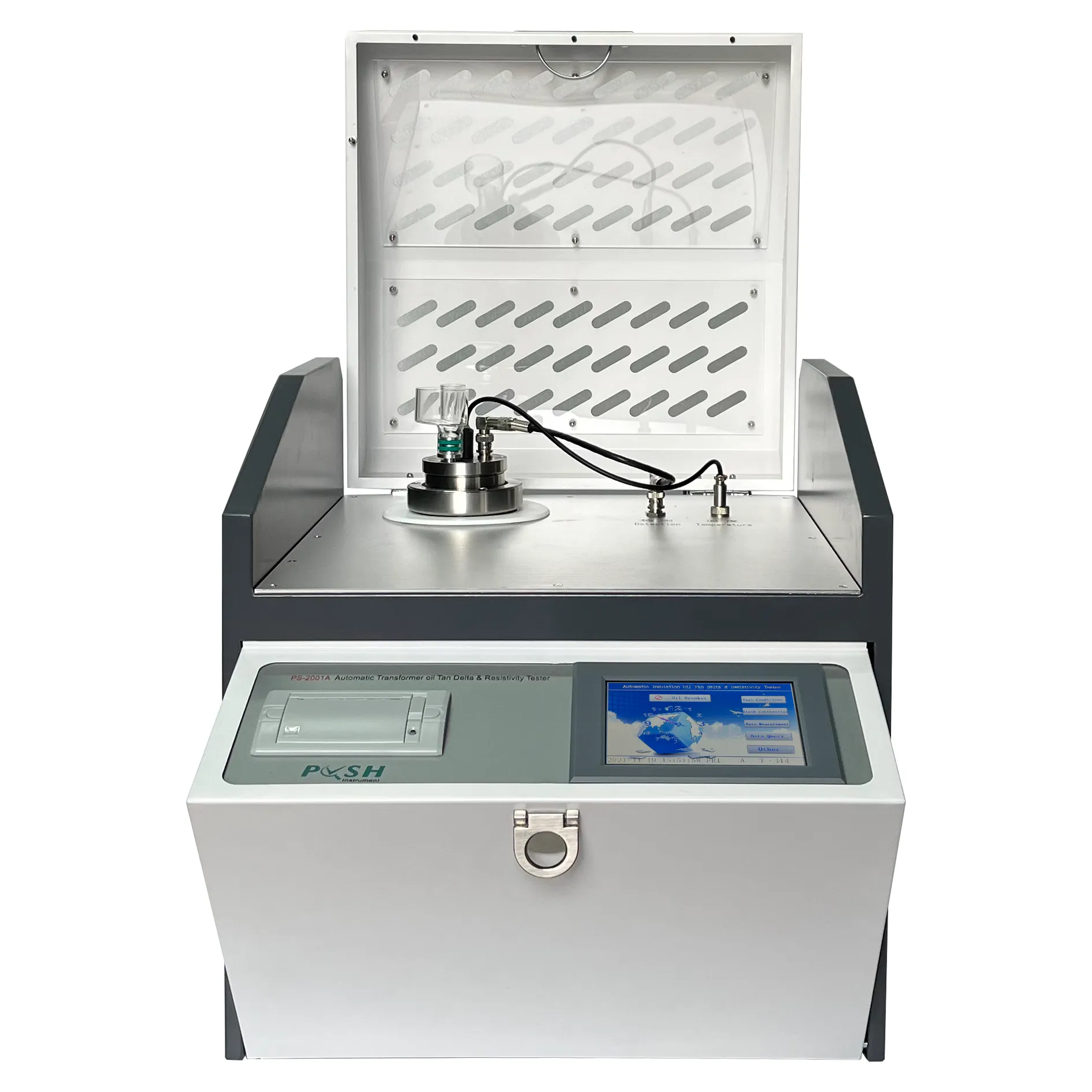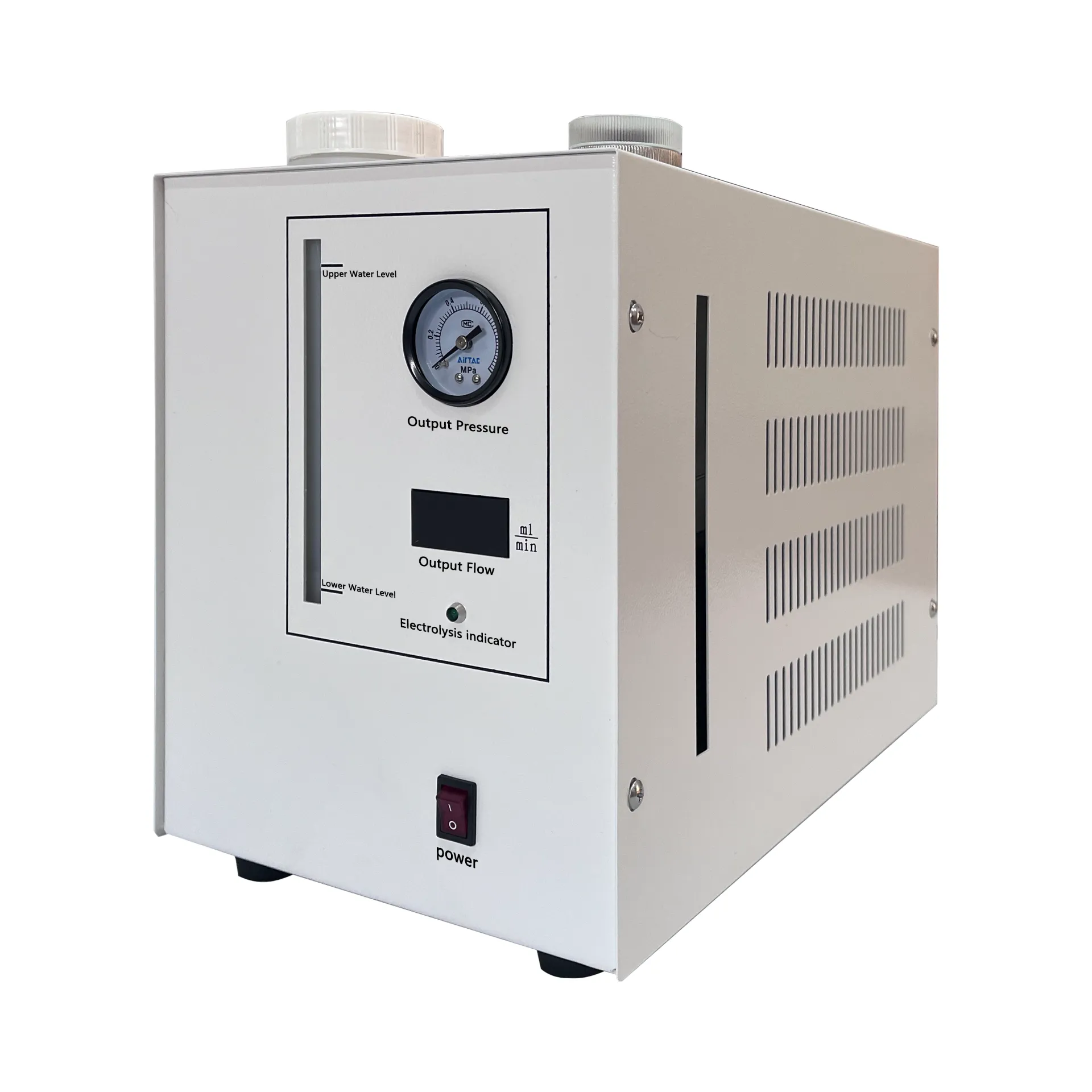TEL:
+86-0312-3189593
 English
English

Telephone:0312-3189593

Email:sales@oil-tester.com

-
 Afrikaans
Afrikaans -
 Albanian
Albanian -
 Amharic
Amharic -
 Arabic
Arabic -
 Armenian
Armenian -
 Azerbaijani
Azerbaijani -
 Basque
Basque -
 Belarusian
Belarusian -
 Bengali
Bengali -
 Bosnian
Bosnian -
 Bulgarian
Bulgarian -
 Catalan
Catalan -
 Cebuano
Cebuano -
 China
China -
 China (Taiwan)
China (Taiwan) -
 Corsican
Corsican -
 Croatian
Croatian -
 Czech
Czech -
 Danish
Danish -
 Dutch
Dutch -
 English
English -
 Esperanto
Esperanto -
 Estonian
Estonian -
 Finnish
Finnish -
 French
French -
 Frisian
Frisian -
 Galician
Galician -
 Georgian
Georgian -
 German
German -
 Greek
Greek -
 Gujarati
Gujarati -
 Haitian Creole
Haitian Creole -
 hausa
hausa -
 hawaiian
hawaiian -
 Hebrew
Hebrew -
 Hindi
Hindi -
 Miao
Miao -
 Hungarian
Hungarian -
 Icelandic
Icelandic -
 igbo
igbo -
 Indonesian
Indonesian -
 irish
irish -
 Italian
Italian -
 Japanese
Japanese -
 Javanese
Javanese -
 Kannada
Kannada -
 kazakh
kazakh -
 Khmer
Khmer -
 Rwandese
Rwandese -
 Korean
Korean -
 Kurdish
Kurdish -
 Kyrgyz
Kyrgyz -
 Lao
Lao -
 Latin
Latin -
 Latvian
Latvian -
 Lithuanian
Lithuanian -
 Luxembourgish
Luxembourgish -
 Macedonian
Macedonian -
 Malgashi
Malgashi -
 Malay
Malay -
 Malayalam
Malayalam -
 Maltese
Maltese -
 Maori
Maori -
 Marathi
Marathi -
 Mongolian
Mongolian -
 Myanmar
Myanmar -
 Nepali
Nepali -
 Norwegian
Norwegian -
 Norwegian
Norwegian -
 Occitan
Occitan -
 Pashto
Pashto -
 Persian
Persian -
 Polish
Polish -
 Portuguese
Portuguese -
 Punjabi
Punjabi -
 Romanian
Romanian -
 Russian
Russian -
 Samoan
Samoan -
 Scottish Gaelic
Scottish Gaelic -
 Serbian
Serbian -
 Sesotho
Sesotho -
 Shona
Shona -
 Sindhi
Sindhi -
 Sinhala
Sinhala -
 Slovak
Slovak -
 Slovenian
Slovenian -
 Somali
Somali -
 Spanish
Spanish -
 Sundanese
Sundanese -
 Swahili
Swahili -
 Swedish
Swedish -
 Tagalog
Tagalog -
 Tajik
Tajik -
 Tamil
Tamil -
 Tatar
Tatar -
 Telugu
Telugu -
 Thai
Thai -
 Turkish
Turkish -
 Turkmen
Turkmen -
 Ukrainian
Ukrainian -
 Urdu
Urdu -
 Uighur
Uighur -
 Uzbek
Uzbek -
 Vietnamese
Vietnamese -
 Welsh
Welsh -
 Bantu
Bantu -
 Yiddish
Yiddish -
 Yoruba
Yoruba -
 Zulu
Zulu
ਫਰ. . 13, 2025 10:59
Back to list
test carried out on transformer
Testing transformers is a critical part of ensuring the reliability and efficiency of electrical power systems globally. These devices play a pivotal role in regulating electricity voltage, allowing it to be efficiently transmitted over long distances and ensuring its safe delivery to consumers. While the foundational principles of transformer testing may seem straightforward, the complexity and technical nuances involved require a deep well of expertise, experience, and trustworthiness.
The sophisticated nature of these tests demands expertise not just in execution but in data interpretation. Engineers must be skilled in deciphering test results, as the data can often be complex and subject to various interpretations. This expertise is grounded not only in extensive practical experience but also in a thorough understanding of electrical engineering principles. Authoritative bodies such as the IEEE and IEC provide comprehensive guidelines on transformer testing procedures, lending an extra layer of authority and trustworthiness to the testing protocols. These standards ensure consistency and reliability across the industry, allowing engineers to make informed decisions based on tested and proven methodologies. Adherence to these standards is not only a matter of compliance but a demonstration of an organization's commitment to safety and quality. Trustworthiness in transformer testing also stems from the transparency and credibility of the testing entities. Companies investing in high-quality testing equipment and engaging certified professionals often stand out as leaders in the field. These firms not only deliver precise results but also provide detailed reports and recommendations that empower utilities and industries to make maintenance plans confidently. Moreover, the integration of modern technology in transformer testing has further enhanced the reliability of these devices. The use of IoT-enabled sensors and data analysis algorithms allows real-time monitoring of transformer conditions, offering a predictive rather than a reactive maintenance approach. This technological advancement not only optimizes operational efficiency but also minimizes risks, all while supporting more sustainable energy management practices. In conclusion, while testing transformers may appear as a routine task, it encapsulates a complex blend of experience, expertise, authority, and trustworthiness. From initial factory assessments to cutting-edge diagnostics and predictive maintenance, every step of the testing process plays a vital role in ensuring the seamless operation of our electrical grids. As the world continues to evolve technologically, the precision and reliability offered by proficient transformer testing will remain a cornerstone in shaping a safer and more efficient energy future.


The sophisticated nature of these tests demands expertise not just in execution but in data interpretation. Engineers must be skilled in deciphering test results, as the data can often be complex and subject to various interpretations. This expertise is grounded not only in extensive practical experience but also in a thorough understanding of electrical engineering principles. Authoritative bodies such as the IEEE and IEC provide comprehensive guidelines on transformer testing procedures, lending an extra layer of authority and trustworthiness to the testing protocols. These standards ensure consistency and reliability across the industry, allowing engineers to make informed decisions based on tested and proven methodologies. Adherence to these standards is not only a matter of compliance but a demonstration of an organization's commitment to safety and quality. Trustworthiness in transformer testing also stems from the transparency and credibility of the testing entities. Companies investing in high-quality testing equipment and engaging certified professionals often stand out as leaders in the field. These firms not only deliver precise results but also provide detailed reports and recommendations that empower utilities and industries to make maintenance plans confidently. Moreover, the integration of modern technology in transformer testing has further enhanced the reliability of these devices. The use of IoT-enabled sensors and data analysis algorithms allows real-time monitoring of transformer conditions, offering a predictive rather than a reactive maintenance approach. This technological advancement not only optimizes operational efficiency but also minimizes risks, all while supporting more sustainable energy management practices. In conclusion, while testing transformers may appear as a routine task, it encapsulates a complex blend of experience, expertise, authority, and trustworthiness. From initial factory assessments to cutting-edge diagnostics and predictive maintenance, every step of the testing process plays a vital role in ensuring the seamless operation of our electrical grids. As the world continues to evolve technologically, the precision and reliability offered by proficient transformer testing will remain a cornerstone in shaping a safer and more efficient energy future.
Previous:
Latest news
-
Testing Equipment Industry Sees Major Advancements in 2025: Smart & Precision Technologies Lead the WayNewsJun.06,2025
-
Applications of Direct Current Generators in Renewable Energy SystemsNewsJun.05,2025
-
Hipot Tester Calibration and Accuracy GuidelinesNewsJun.05,2025
-
Digital Circuit Breaker Analyzer Features and BenefitsNewsJun.05,2025
-
Benefits of Real-Time Power Quality Monitoring Devices for Industrial EfficiencyNewsJun.05,2025
-
Earth Fault Loop Testing in High-Rise Building Electrical SystemsNewsJun.05,2025



